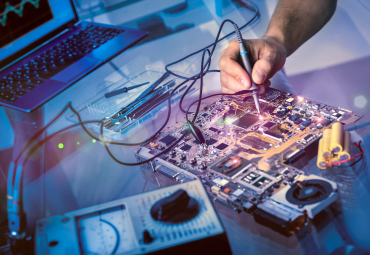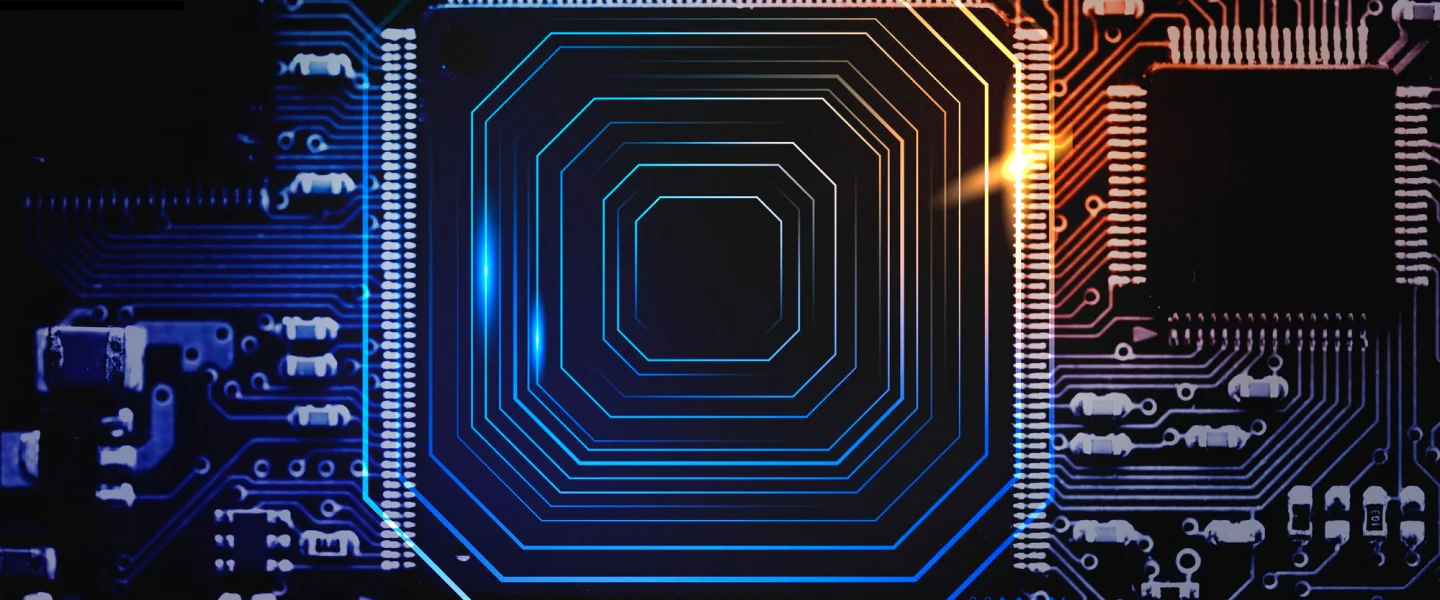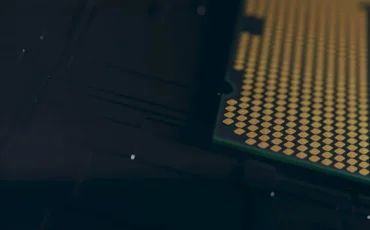


Microwave PCBs and RF have been around for quite a long time now. These are mostly used in the electronics industry. Designed to operate across signals in the megahertz to gigahertz frequency ranges, Microwave and RF Printed Circuit Boards have garnered incredible popularity over the years.
When it comes to communication and networking applications, these PCBs are perfect. There are multiple reasons why most of the leading PCB manufacturing companies in the USA count on RF and Microwave boards for different networking applications.
If you are intrigued to know more about Microwave and RF PCBs, you should keep reading the following excerpt. Have a look –
What are RF Circuit Boards and Microwave PCBs?
The PCB industry considers a Radio Frequency (RF) circuit board to be a high-frequency printed circuit board that holds the capacity to operate above 100MHz. The major difference between Microwave PCBs and RF circuit boards lies in the radio frequency in which they operate.
Microwave PCBs are mainly classified as any RF circuit board operating above 2GHz.Microwave PCBs and RF circuit boards are mainly used for communication signals in any application, which needs to receive and transmit radio signals.
RF and Microwave PCBs – Learn More!
Usually, RF and microwave PCBs are designed for different applications in the high-frequency or medium-frequency ranges or for applications above 100 MHz. It becomes a tad difficult to design these circuit boards especially owing to causes such as sensitivity of signals, difficulty in managing thermal heat transfer properties, and the like.
But despite such difficulties, the overall importance or popularity of RF and microwave PCBs hasn’t decreased – not even the least bit! The usage of materials with different properties such as high Coefficient of Thermal Expansion, low dielectric constant, low loss tangent, etc. has played the catalysts in bringing ease in the construction.
The PCB materials that are mostly used to ace the construction of RF and microwave PCBs include PTFE with woven, ceramic-filled hydrocarbon, Rogers RO laminates, High-Performance FR-4, FEP, LCP, and more!
Benefits of Microwave and RF Printed Circuit Boards
Before you go ahead and hire a skilled microwave PCB manufacturer, you should get acquainted with some of the benefits of RF and microwave-printed circuit boards. There’s no denying that there are benefits galore of RF and Microwave PCBs. If you are looking to know more about what kind of perks you will get from these, please keep on reading –
It is Time to Call It a Wrap!
So, there is no slump in the advantages offered by RF and Microwave PCBs. All these advantages factors are ideal for different kinds of applications that include wireless transmission and several other computer networking systems.
If you’re looking to make investments in premium-quality boards, that will enable you to transmit high-frequency signals, you must rely on experienced and efficient manufacturers. Regardless of the manufacturing company you choose to rely on, you should check if it holds substantial experience or expertise in precise functioning. Moreover, a crew of highly efficient professionals can guide you in choosing a premium circuit board according to your needs, budget, etc.
Chris Savalia is the Co-Owner and Director of Engineering at Transline Technology, Inc. in Anaheim, CA. He oversees the company's operations and specializes in printed circuit board manufacturing. Chris is known for his expertise in materials such as FR-4, Rogers, Taconic, Arlon, and Teflon, and for his commitment to providing quick turn-around times, as fast as 24 hours.